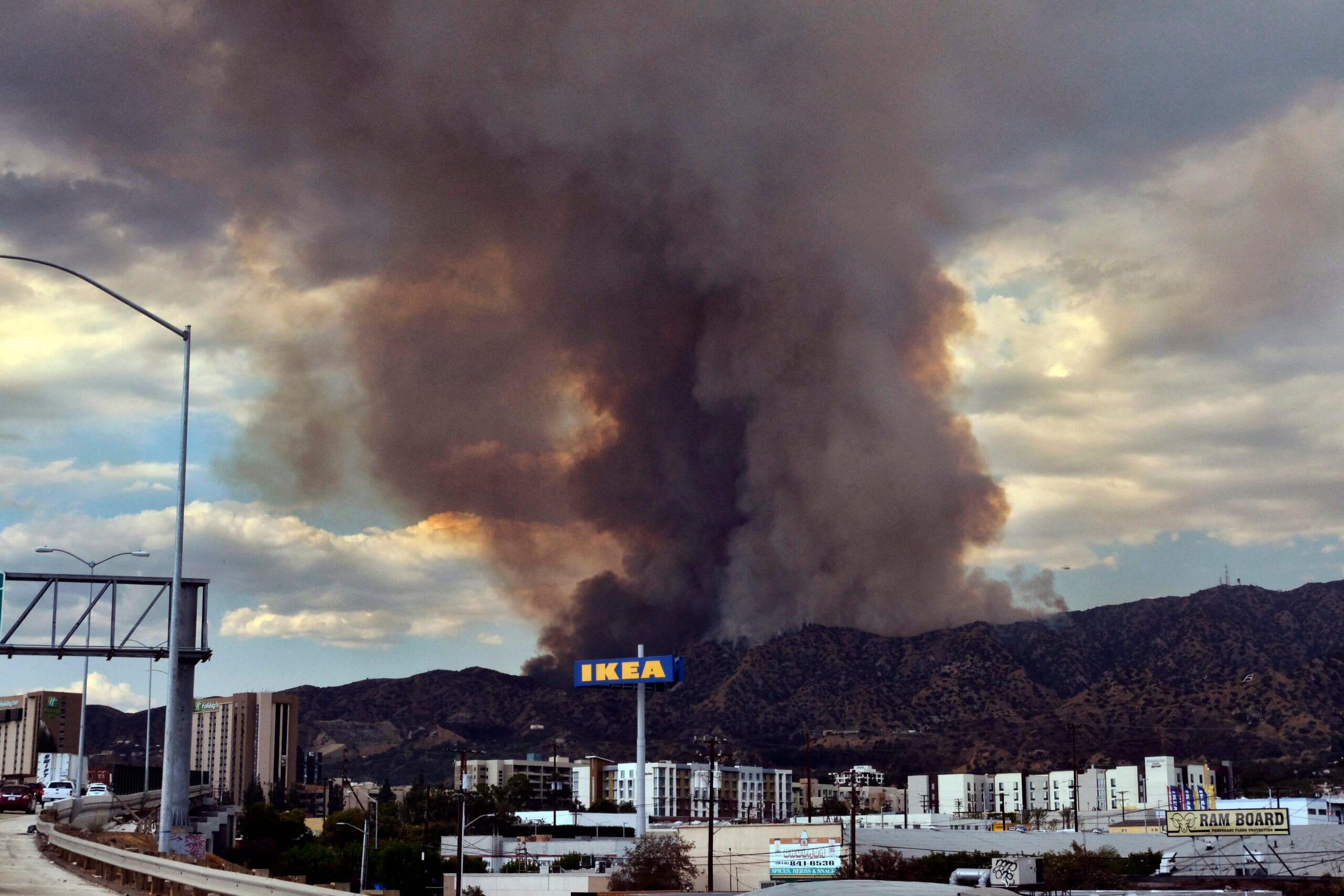Southern California Edison (SCE), a prominent electricity provider in Southern California, recently disclosed information suggesting its equipment may have played a role in igniting the Hurst Fire. This wildfire erupted near Los Angeles and rapidly spread, contributing to a series of devastating fires that swept across the region.
The Hurst Fire broke out during a period of extreme fire weather, marked by low humidity levels, strong winds, and dry vegetation. Investigations into the origin of the fire have brought Southern California Edison into the spotlight, as preliminary findings suggest a potential link to utility equipment. The utility made this admission in a filing to the California Public Utilities Commission, a routine procedure when utility equipment is suspected in fire incidents.
Southern California Edison stated in their filing, “We are aware of the reports that suggest our equipment could be associated with the ignition of the Hurst Fire. While the investigation remains ongoing, we are fully cooperating with fire officials and regulatory authorities to determine the exact circumstances.”
The Hurst Fire scorched approximately 800 acres, damaging several properties. While the wildfire was contained before it could spread further into populated areas, it left many residents shaken and raised concerns about the risks posed by utility equipment in fire-prone regions.
The fallout from this fire also brought legal scrutiny. Several lawsuits have been filed against Southern California Edison, claiming negligence in maintaining and operating its electrical infrastructure. Plaintiffs allege that the fire could have been prevented if better safety measures were in place, including enhanced insulation of power lines and routine inspections.
This incident comes in the wake of previous wildfire events across California where utility companies were found culpable. Pacific Gas and Electric (PG&E) faced severe ramifications in recent years for its role in catastrophic fires, including the Camp Fire in 2018 that led to 85 fatalities and the destruction of the town of Paradise. These incidents prompted renewed focus on utility liability during wildfire outbreaks.
In light of the Hurst Fire, utility safety protocols have come under intense scrutiny. California has implemented extensive reforms to address fire risks posed by utility equipment, requiring companies to develop wildfire mitigation plans. Southern California Edison has previously outlined measures like vegetation management, power line adjustments, and the strategic shutdown of electrical grids in high-risk weather conditions. However, critics argue that these measures are often reactive and might not fully address risks under challenging conditions.
For homeowners and businesses in the affected area, the role of utilities in wildfire ignition compounds their recovery challenges. Homeowners could qualify for compensation if investigations confirm Southern California Edison’s link to the ignition. The tragedy has also reignited discussions about wildfire safety practices, infrastructure reliability, and climate resilience amid evolving risk factors exacerbated by climate change.
The wildfire stands as an unwelcome reminder of the complex and often fragile coexistence between utility companies, communities, and the natural environment in fire-prone areas. Fire officials continue their work to pinpoint the exact cause of the incident while preparing recommendations to prevent future recurrences. Southern California Edison is expected to adjust its operational strategies in light of the investigation’s findings.
As California continues to grapple with wildfires, it remains critical for state authorities, community stakeholders, and utility companies to collaborate on innovative, practical solutions that minimize risks and protect lives and property. Furthermore, the financial and legal implications for utilities remain a significant factor; balancing operational responsibilities with public safety is an ongoing challenge.



